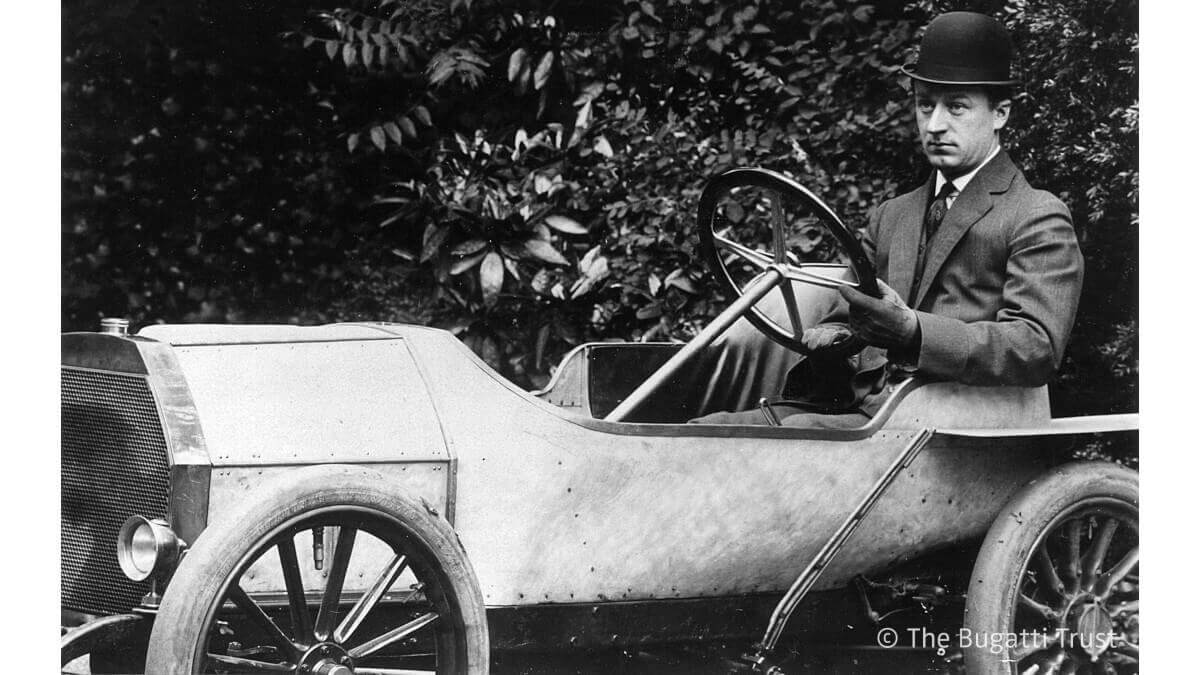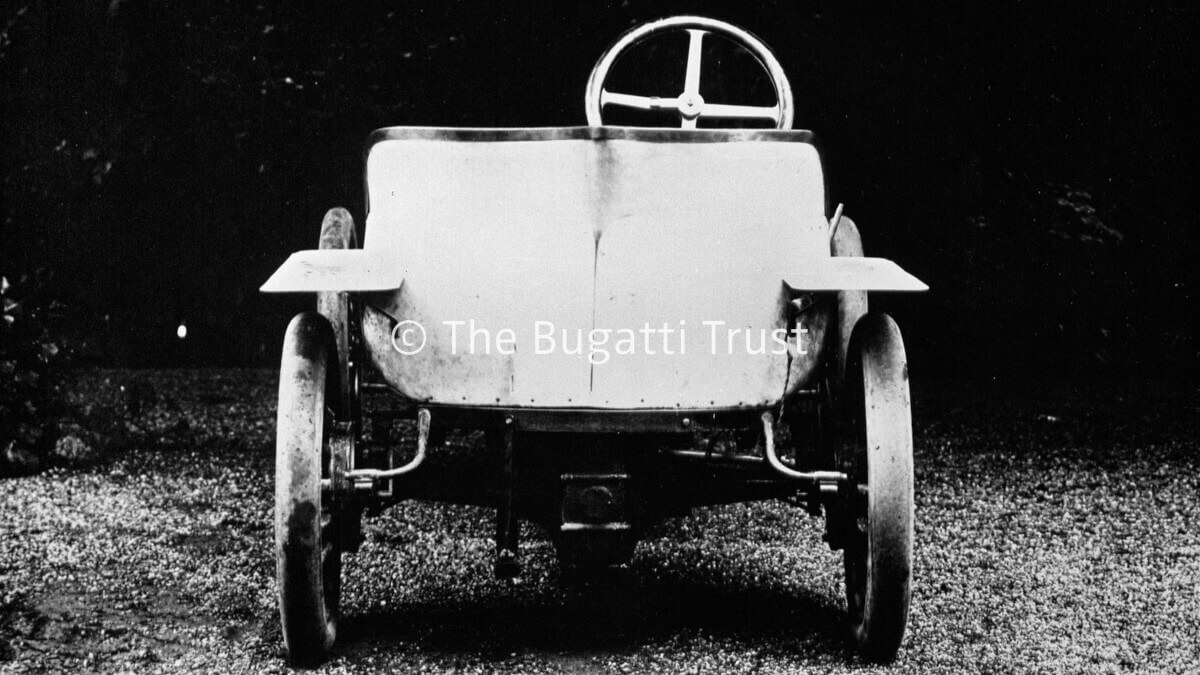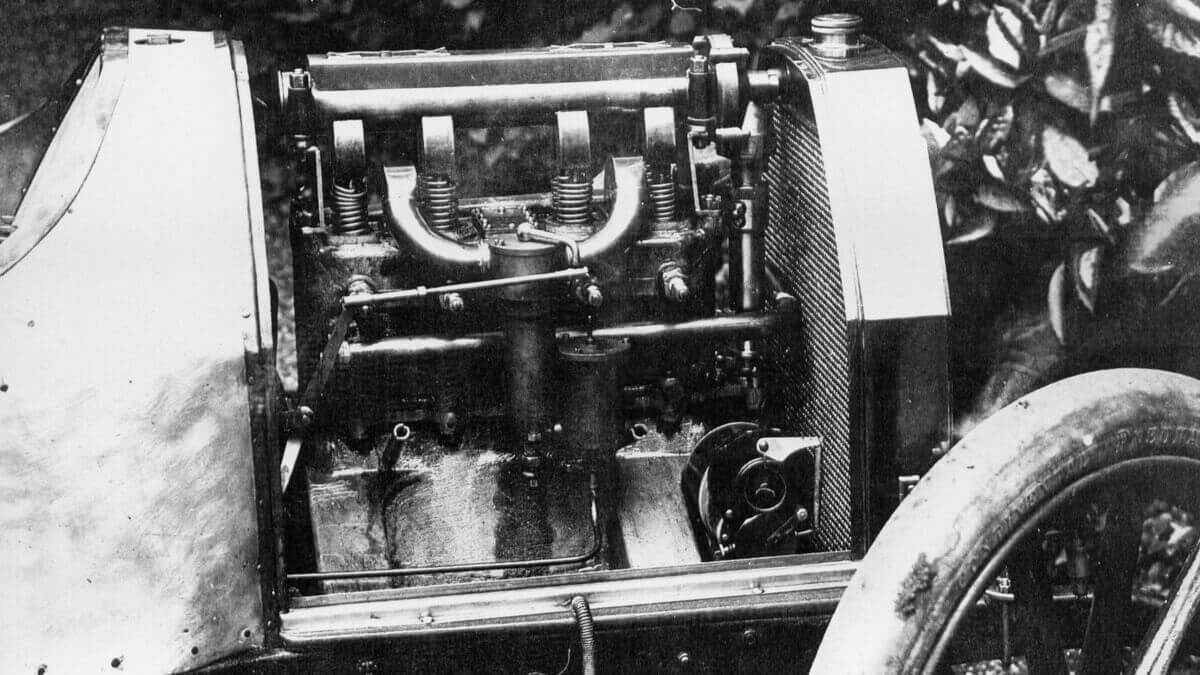110 Years of Bugatti Type 10
The name Bugatti is world-famous today. But the beginnings of this brand, which today stands for powerful and luxurious hypercars, are known to less people. Company founder Ettore Bugatti was born on 15 September 1881 in Milan as first of three children of furniture designer Carlo Bugatti and his wife Teresa Lorioli. At the request of his father, Ettore began studying arts, but soon discovered his love for technology and therefore switched to engineering. At the age of 17, he started training at the bicycle manufacturer Prinetti & Stucchi, where he soon developed his ‘Type 1’, a motorized tricycle. In 1900, with the financial support of various friends of his father, he developed his first ever car with the ‘Type 2’, winning races and attracting the attention of Baron Eugène de Dietrich, boss and founder of a car manufactory, who hired him as the technical director of automobile production. Ettore developed several types of vehicles there until 1904, when he and the Baron split, because of Ettores moods and personality. He then started working at the newly founded company of Émile Mathis in Strasbourg.
After just one year this job also ended for the same reasons as before, but Ettore Bugatti not only found a new job at Gasmotoren-Fabrik Deutz in Cologne, but also married his wife Barbara Maria Giuseppina Mascherpa in 1907. Next to his development work for his employer, he tinkered after work in the basement of his villa in Cologne-Mülheim on a particularly light, agile and powerful automobile. This approach was new for the time, as other manufacturers normally tried to win races by more and more displacement – sometimes up to twelve liters – associated with high car weight. Next to those vehicles, the Type 10, developed in 1908 and finally ready in early 1909, looked like a racecar from the future. Since the car was developed on its own and with his own employees, apart from his employment contract with Deutz, the Type 10 today is considered as the first ‘real’ Bugatti.












Ettore Bugatti himself called the car a ‘Pur Sang’ (Thoroughbred), which refers to the 1.2-liter four-cylinder engine with overhead camshaft and two valves per cylinder including vertical shift drive, which delivered for the time very decent 10 hp and accelerated the two-seater up to 80 kph. Compared to other cars of the same era Bugatti used no chain drive, but a multi-plate clutch with cardan shift for power transmission to the rear axle. Cable-operated drum brakes and leaf springs, on the other hand, are typical for its time, as was the edgy radiator on the front of the vehicle. Not only Ettore himself, but also friends and acquaintances were thrilled with his Type 10. So the French aviator ace Louis Blériot conjured him to bring the car into a production series after a short test drive.
Together with some financiers such as Pierre de Vizcaya and a loan from the Darmstädter Bank, Ettore Bugatti finally set himself up at the end of 1909 in a former dye works in Molsheim/Alsace. He signed the lease contract for the building in January 1910. Previously, a close associate transferred the Type 10 in an eight-hour drive from Cologne to Molsheim. Together with his first employees, Ettore developed the vehicle further into the Type 13 with a 1.4-liter engine with 15 hp. It was followed by several other types. Meanwhile, the original Type 10 remained in the possession of Ettore Bugatti and served as a daily car for the family. At the beginning of World War 2, they took the car to their own shipyard in Bordeaux, where powerful speedboats were produced. After the death of Ettore on August 21, 1947, the Type 10 was neglected for some years near Bordeaux, before it was discovered by a French racing driver, restored and then sold to a collector in Great Britain. From there, the car later left to the USA, where it was restored again and during this process received red-orange colored wheels and axles, while the body was repainted in its original silver. The Type 10 is still in good running order and part of the US car collection until today, but only rarely shown to the public.
Images: Bugatti, The Bugatti Trust




